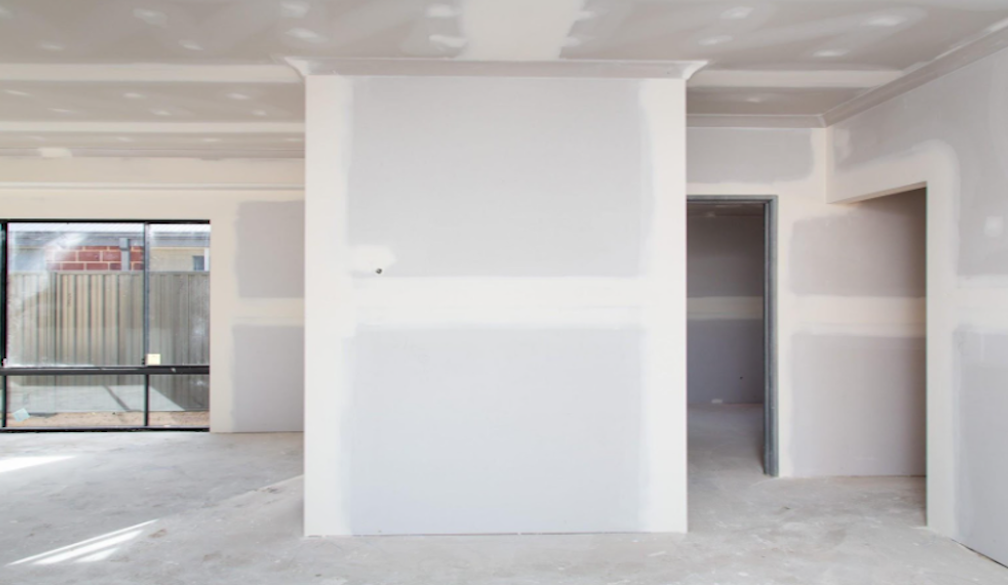Which Is Better For Your House: Understanding The Differences Between Plastering And Plasterboarding

Renovation of a house often sounds exciting for people who love changes and love the idea of tidying up the living or working space. However, the happiness of having a new design dies down quickly when a person realises how many factors they must consider. One such factor is selecting the cover of exterior or interior walls, such as plastering or plasterboard.
It’s important to consider the peculiarities of the building to choose the best cover for walls. Moreover, people should select a reputable company that provides professional plastering in Melbourne, like PlasterX in Australia, to get the job done flawlessly. This article explains each mentioned option, and provides tips on what type of cover for walls to select.
What Is Plastering?
Plastering is a method used to cover walls and/or ceilings with a smooth or textured surface, depending on the style preferences. The process involves applying a mixture of materials, such as plaster, sand, and water, to achieve a finish that lasts for a long period. It serves as a base for painting and decorating the walls/ceiling in the future.
There are different types of plaster used for various purposes:
- Gypsum plaster. Mainly used indoors and guarantees a smooth surface (unlike stucco).
- Cement plaster. It's suitable for indoors and outdoors, although many prefer it as an exterior cover because it's weather-resistant.
- Acrylic plaster. Often used outdoors and is considered water resistance. It's great as a decorative cover.
- Lime plaster. Used indoors and outdoors, and is considered environmentally friendly; is great for restoration projects.
- Venetian plaster. An interior finish that has marble-like effect.
- Stucco. It's an exterior finish that lasts long, because it's weather-resistant.
It's worth mentioning that plastering is great as a heat-resistant. Plasters created from certain mixtures can resist high temperatures, making them suitable for areas like chimneys. Plaster also adds decorative details to walls, such as mouldings or complex designs.
What Is Plasterboarding?
Plasterboarding (or drywalling) uses sheets of gypsum sandwiched between thick paper to cover walls and ceilings. It serves as a base for plaster or paint and offers a faster, more cost-effective alternative to traditional wet plastering. Plasterboard comes in various types, each suited for different needs:
- Standard wallboard. Used in most homes for its ease of installation; works for walls and ceilings.
- Soundproof board. With a denser core, it helps reduce noise between rooms.
- Fire-resistant board. Contains additives that resist fire; often used in kitchens and garages.
- Water-resistant board. Suitable for wet areas like bathrooms, as it repels moisture.
- Impact board. Ideal for areas with high foot traffic; resists damage from knocks and bumps.
Plasterboard is commonly used for residential and commercial construction. It's a fast option that doesn't take long.
What Option To Select For Your House Or Commercial Building?
Choosing between plastering and plasterboarding depends on your needs and the environment. Both methods have advantages in Australia, but one might suit your project better.
Plastering guarantees a solid surface that lasts longer. It works well in traditional homes or high-end projects. It can handle detailed designs and withstands more damage. Plaster also resists heat, which helps in areas prone to high temperatures. However, plastering takes more time and costs more.
Plasterboarding is faster to install and costs less. It suits modern homes and large projects where things must be done fast. Plasterboard is also more flexible and lightweight, so it's easier to replace sections if one of them is damaged. Special types of plasterboard also guarantee soundproof or fire resistance.
So, what to select? Plastering may be best if you require the finish to be intact long-term. It's also suitable if you want different designs, not just a smooth surface. Plasterboard solutions are perfect when you need the job to be done fast. It's also more versatile, clean-looking, and more affordable.





